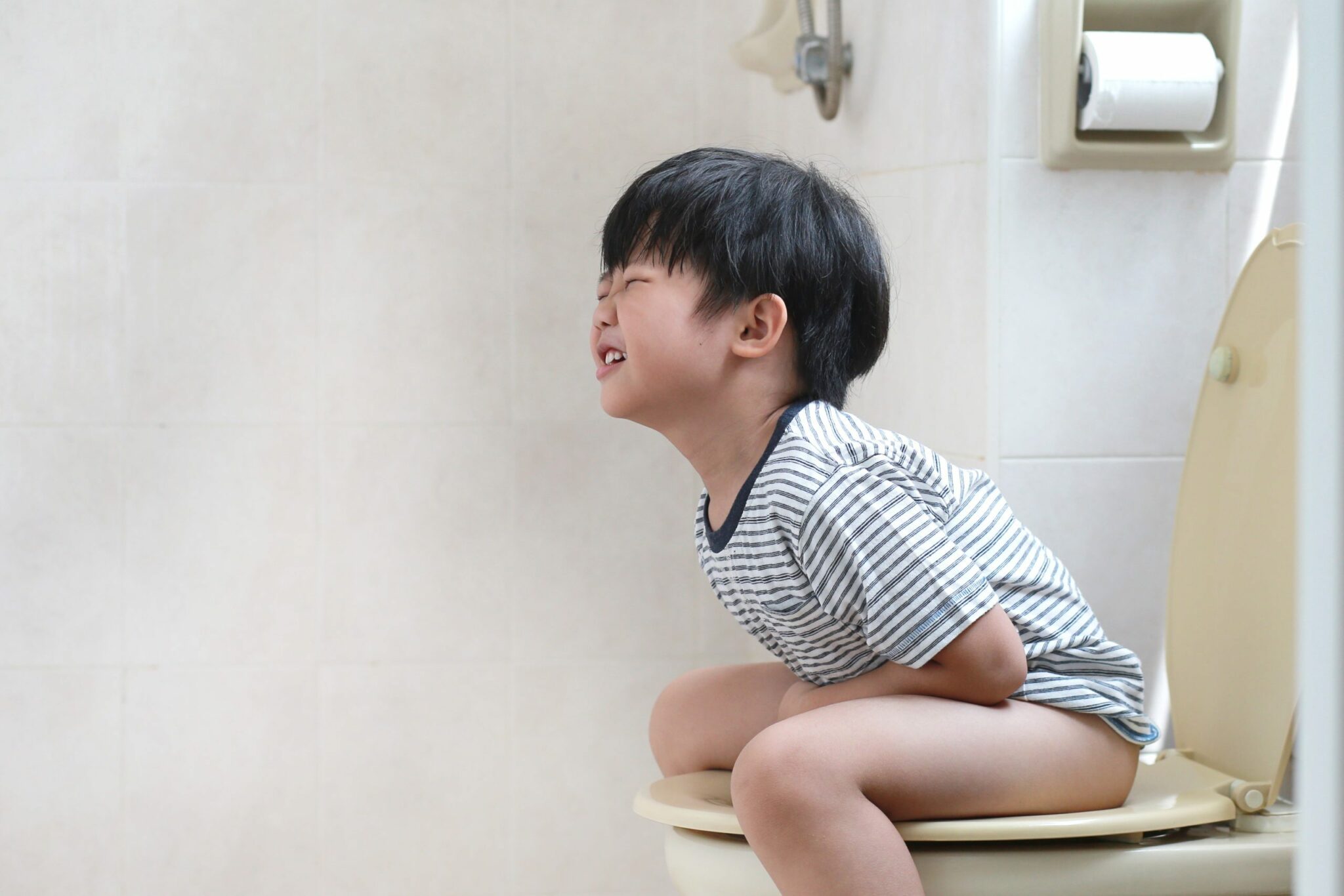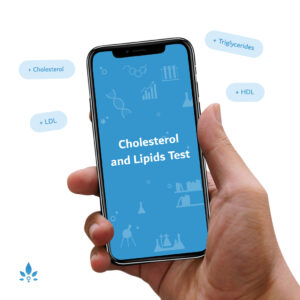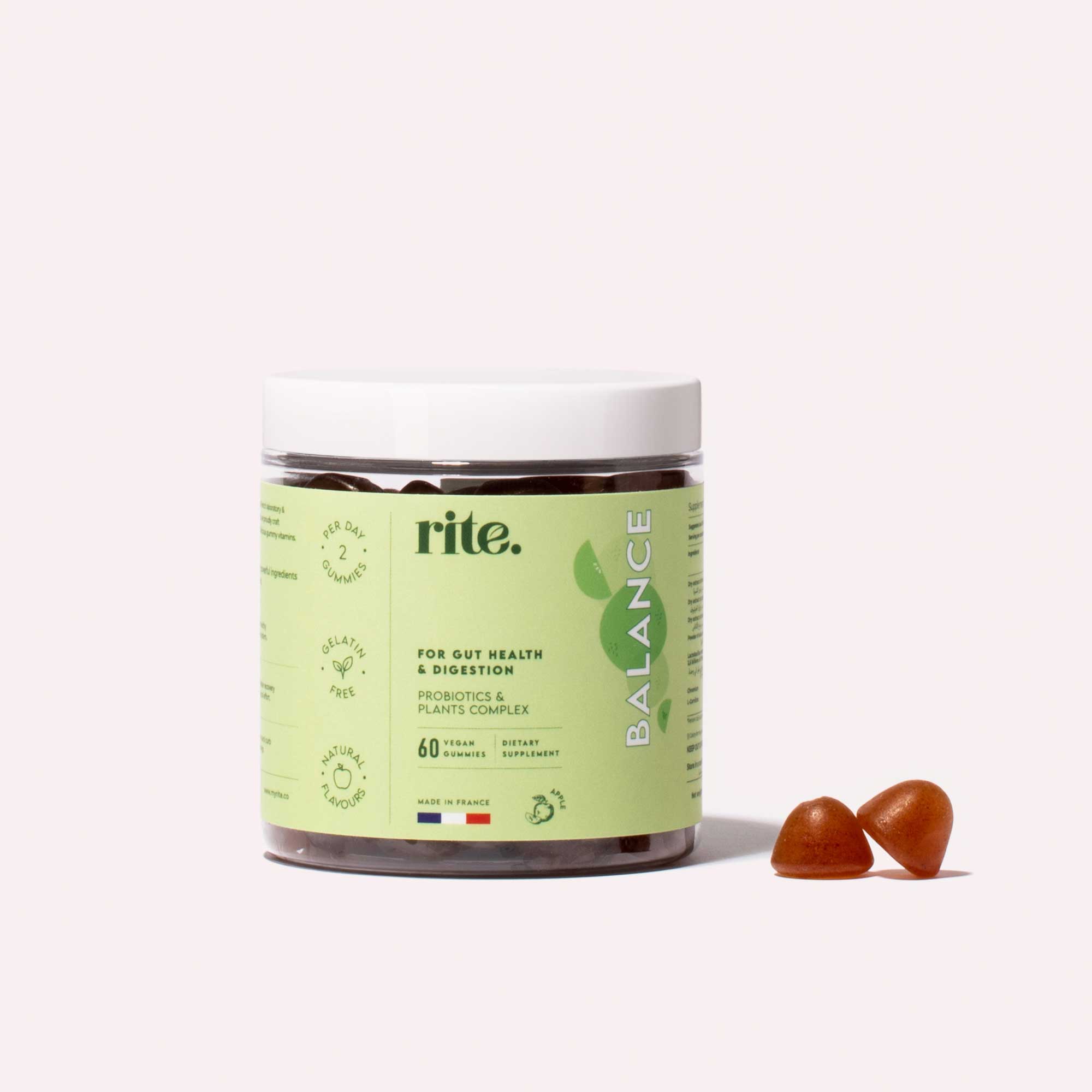Best and Worst Foods to Feed a Child With Diarrhea


Years ago, managing diarrhea meant eliminating food and focusing on hydrating the child, in the hopes of curtailing stool output. Then the thinking turned to offer foods that were somewhat constipating, such as bananas and rice, while simultaneously eliminating most other foods that might incur more diarrhea, such as milk products.
One popular diet for diarrhea, called the BRAT diet, may be prescribed for children. These foods are perfectly fine to eat, but they can be boring and won’t cover your child’s nutritional needs. They may not change the course of your child’s diarrhea, either. Your child’s overall diet doesn’t need to be limited to these foods unless your doctor has made this determination.
In fact, the latest thinking is that most cases of mild to moderate diarrhea can be managed with some simple changes in diet, as long as vomiting or dehydration is not an issue. Using a regular diet may even shorten the length of diarrhea, and certainly helps your child get optimal nutrition.
The biggest concern about diarrhea in children is that it can lead to dehydration. Dehydration may occur due to loss of fluids and electrolytes in stool, or not consuming enough of these in the diet. Children may be dehydrated when they demonstrate more thirst, less urine output, and seem more tired or lethargic. These signs prove true for toddlers and preschoolers, too.
To combat dehydration, you’ll want to increase the fluids in your child’s diet, whether you breastfeed more often, offer more frequent bottle feedings, and even more food. Sometimes, an oral rehydration solution (ORS) is needed. These solutions are available at drugstores and offer a fluid, a little bit of sugar, and the electrolytes that are commonly lost in stool: sodium, potassium, and other minerals.
Using water alone to keep your child hydrated is okay as long as salty foods are being eaten as well. Water without food may make things worse, as your child may lose too many electrolytes in the stool.
The worst foods for diarrhea
Some foods tend to make diarrhea worse:
- High sugar foods. Soda, juice, lemonade, and other similar drinks should be put on the backburner when a child has diarrhea. They may make diarrhea worse or extend its duration.
- Fatty foods. Chips, French fries, and pastries should be avoided until diarrhea has resolved. Watch out for fatty meats such as salami, bacon, and sausage.
- High fiber foods. Broccoli, corn, and peas are high fiber vegetables and can worsen diarrhea.
- Caffeine. Caffeine has a laxative effect and may make diarrhea worse. So nix coffee, tea, chocolate, and other caffeine-containing foods.
- Dried fruit. Dates, raisins, and prunes are all high sugar items and may exacerbate your child’s diarrhea.
The best foods for diarrhea
The best foods for helping your child overcome diarrhea are those that are easy to digest, keep your child eating, and offer nutrition. Foods containing a bit of extra salt can help replenish the electrolytes sodium and chloride (salt) lost in stool.
Salty fluids (that also contain potassium). Broths, sports drinks, and oral rehydration solutions such as Pedialyte.
Low fiber foods. Rice, noodles or pasta, cream of wheat, small amounts of peanut butter, white bread, cottage cheese, canned fruits in their natural juices, cooked vegetables like carrots or green beans, pretzels, crackers, and baked or broiled lean meats such as chicken, turkey, or lean beef.
Other foods. Banana, applesauce, pancakes, waffles, cornbread, popsicles, and low fat dairy products (stop eating if they make diarrhea worse).
Sources:
- International Foundation for Functional Gastrointestinal Disorders
- Nutrition Strategies for Managing Diarrhea.
American Academy of Pediatrics - Diarrhea.
Powered by Bundoo®












































